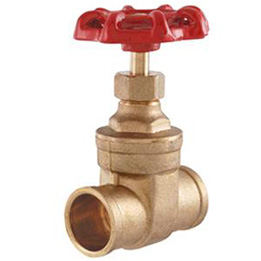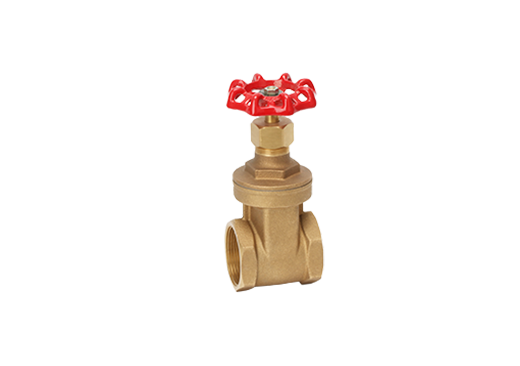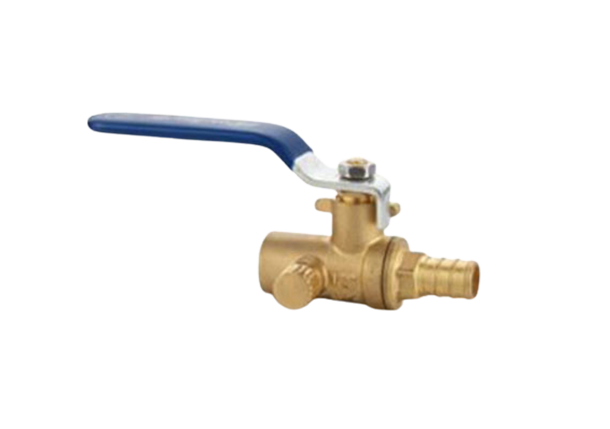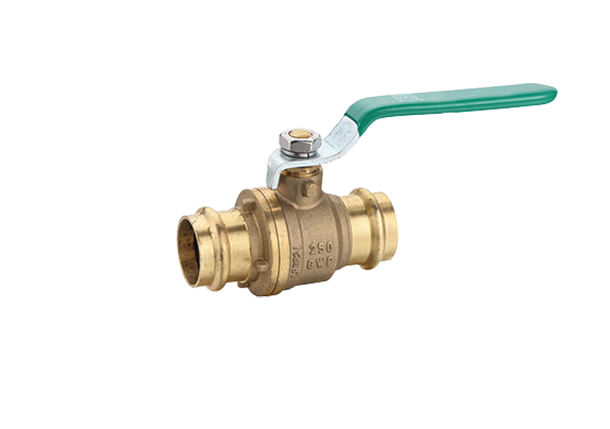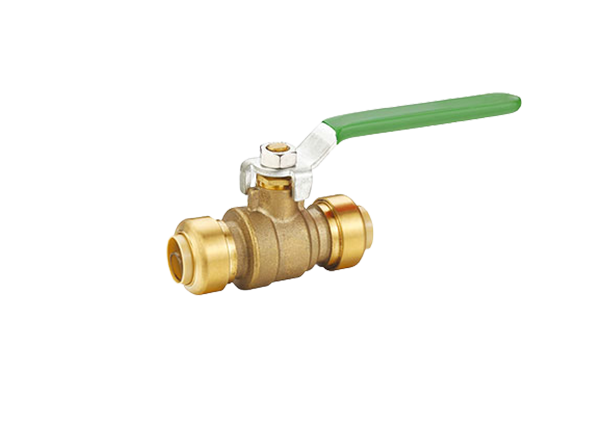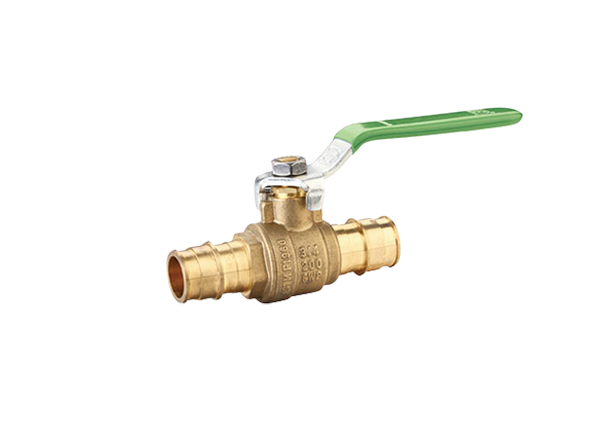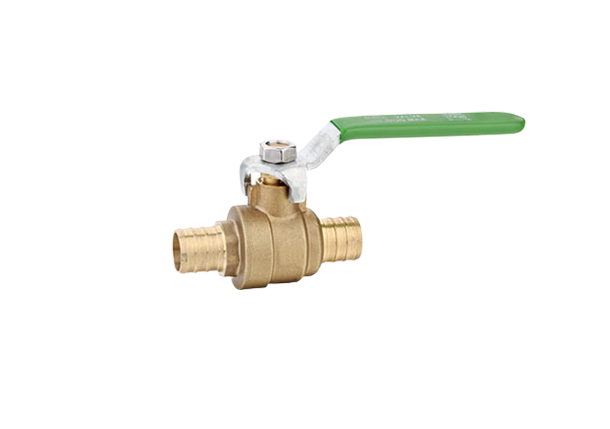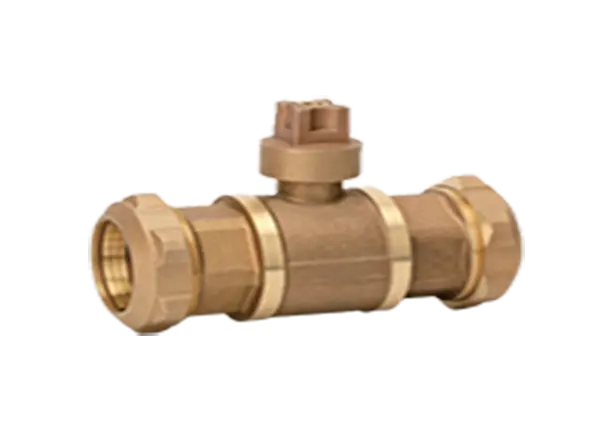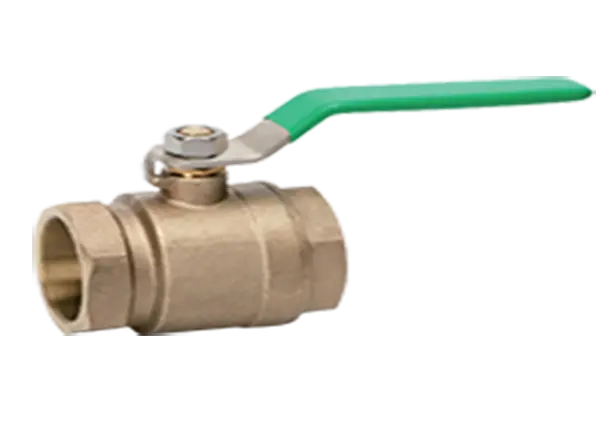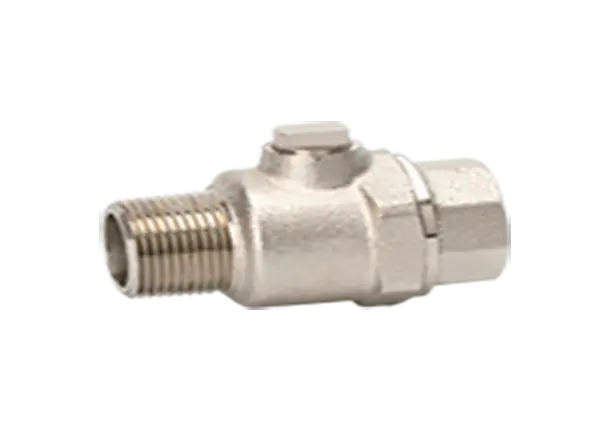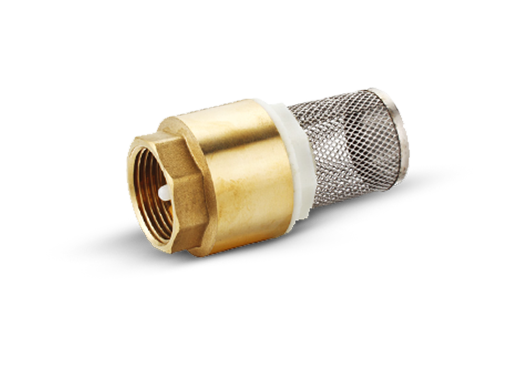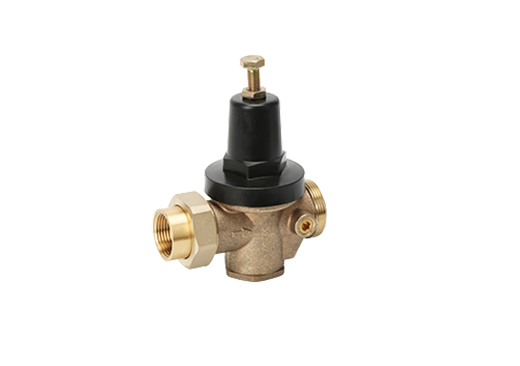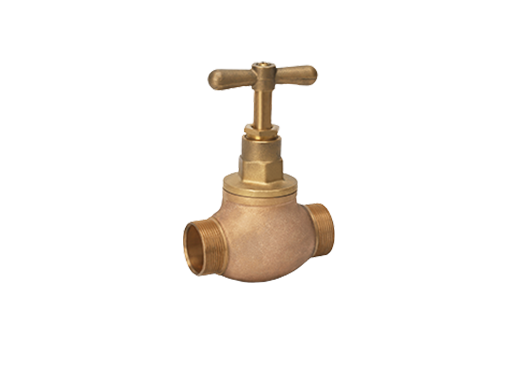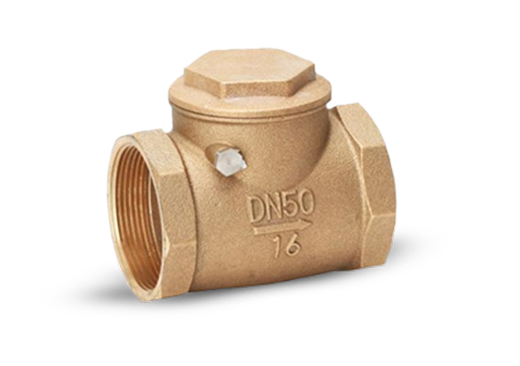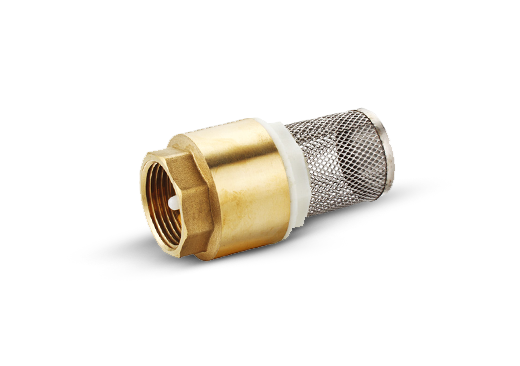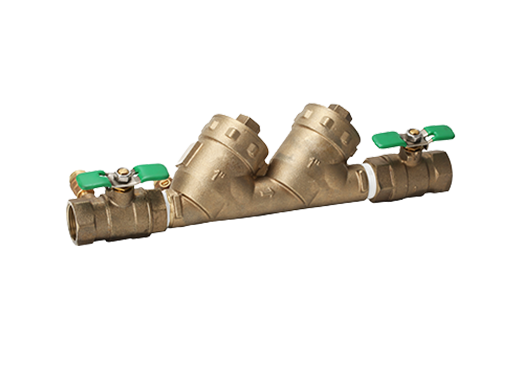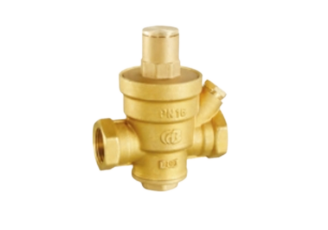Mastering the Art of Push Ball Valve Installation and Operation
Push ball valves are essential components in plumbing systems, providing reliable control and efficient flow management. Whether you are a DIY enthusiast or a plumbing professional, understanding the proper installation and operation of push ball valves is crucial. In this blog, we will explore the key aspects of installing and operating push ball valves, ensuring a smooth and hassle-free experience.
The Anatomy of Push Ball Valves
Before diving into the installation and operation procedures, it is essential to familiarize ourselves with the basic components of push ball valves. These valves consist of a ball-shaped mechanism that acts as the control element. The ball has a hole or port in the center, which determines the flow or blocks it entirely when the valve is closed. The valve body comprises an inlet, an outlet, and a handle for controlling the opening and closing of the ball.
Steps for Proper Installation
To ensure the efficient performance of push ball valve, proper installation is essential. Here are the key steps to follow:
1. Prepare the Work Area: Before installation, ensure the area is clean and free from any debris that could interfere with the mounting process.
2. Measure and Cut: Measure the pipe accurately and cut it to the required length, taking into consideration any necessary adjustments for fittings and connections.
3. Deburring and Cleaning: Remove any sharp edges or burrs from the cut pipe and clean both ends thoroughly.
4. Apply Joint Compound or Teflon Tape: Apply joint compound or wrap Teflon tape around the male threads of the pipe fittings to create a watertight seal.
5. Connect the Valve: Attach the push ball valve to the pipe by hand or with the help of a wrench, ensuring proper alignment and avoiding over-tightening.
6. Test for Leaks: Turn on the water supply and check for any leaks. If found, tighten the connections further or apply additional joint compound or Teflon tape.
Operating Push Ball Valves: An Expert Guide
Once the push ball valve is correctly installed, operating it effectively is vital for optimum performance. Here are some guidelines:
Opening the Valve: To open the push ball valve, turn the handle perpendicular to the pipe, allowing the ball to rotate into a position that aligns with the flow direction.
Closing the Valve: Rotate the handle parallel to the pipe to close the valve completely, preventing any flow.
Partial Opening for Flow Control: By adjusting the handle position at an angle, the flow rate can be regulated to achieve the desired level.
Avoiding Over-Torquing: Do not exert excessive force when operating the valve, as it can damage the internal components or compromise the sealing integrity.
Maintenance and Troubleshooting Tips
To ensure the longevity and proper functioning of push ball valves, regular maintenance is necessary. Here are some essential tips:
Lubrication: Periodically apply lubricants to the valve stem and handle to ensure smooth operation.
Regular Inspection: Check for any signs of leaks, corrosion, or wear and tear. If any issues are detected, promptly address them to avoid more significant problems.
Cleaning and Flushing: Flush the valve periodically to remove any debris or sediments that may hinder its performance.
Seek Expert Assistance: In case of persistent leaks, irregular flow, or other issues, it is recommended to consult a professional to diagnose and resolve the problem effectively.
Mastering the installation and operation of push ball valves is of utmost importance to maintain a robust and effective plumbing system. By following the steps mentioned above for installation, operation, and maintenance, you can ensure these valves operate smoothly and enable a seamless flow control. Remember, periodic inspections and timely repairs are key to preventing major issues and extending the lifespan of your push ball valves.
Different Carbo Valves For Sale

